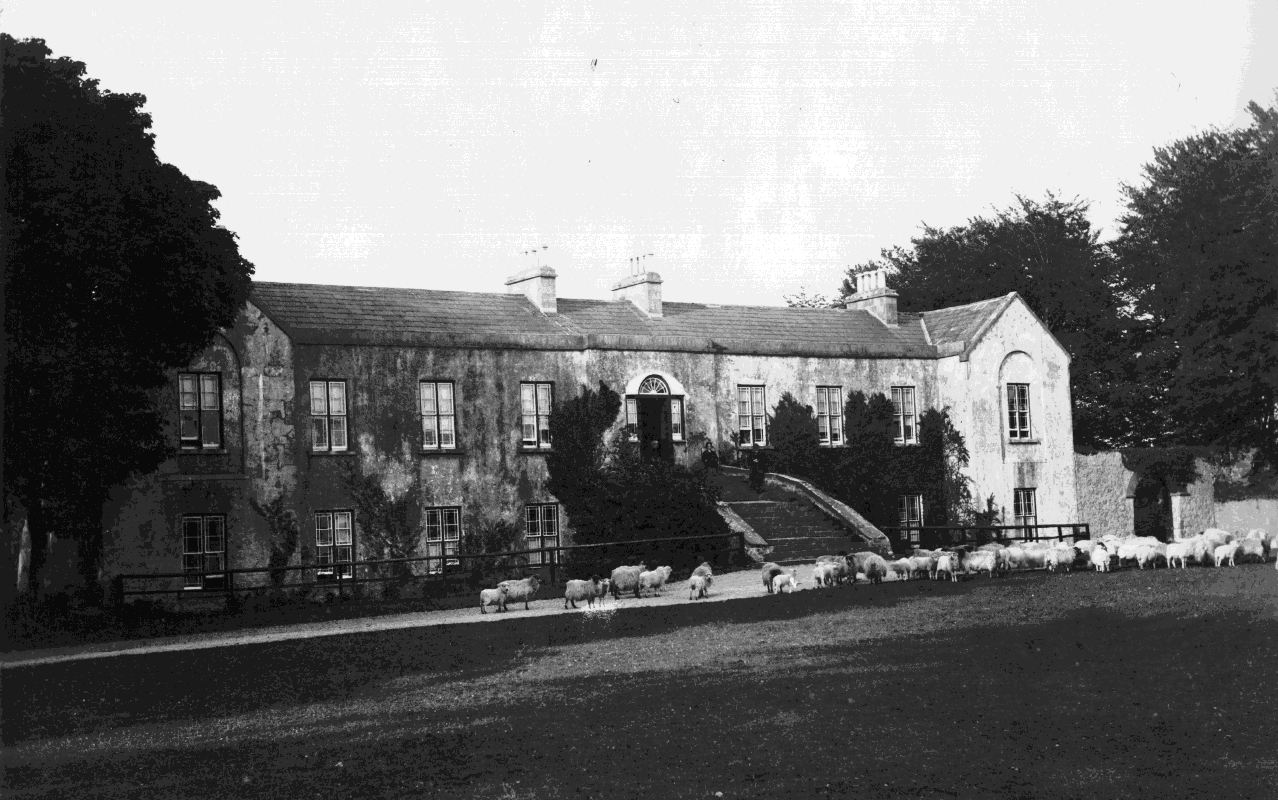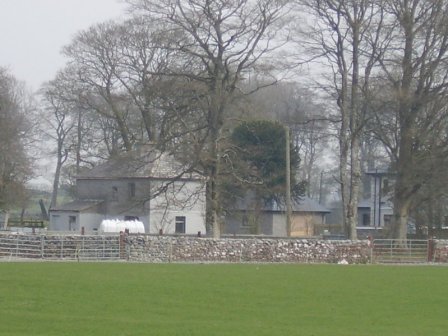Queensfort House
Houses within 5km of this house
Displaying 11 houses.
Houses within 5km of Queensfort House
Displaying 11 houses.
| House name | Description | |
|---|---|---|
| Carnaun/Carnane | Carnaun was occupied by the Kirwan family in the mid 19th century when Mary Anne Kirwan was leasing from the Ecclesiastical Commissioners. The property was valued at £12. A house is still extant at the site. | |
| Kilcloghan | A house in the townland of Mount Potter, marked as Thornhill on the First edition Ordnance Survey map but as Kilcloghan House on the 25-inch map of the 1890s. Occupied by Charles Blake junior in 1850 and held from Jeremiah Tully. Subsequently the home of Arthur Netterville Blake. A modern house exists at the site now. | |
| Siller House | On the 1838 Ordnance Survey map Siller House is marked as a substantial residence in the townland of Kilcloony. However by the time of Griffith's Valuation there was no house of more than £2 valuation in the townland of Kilcloony. There is no house at this location on the 25-inch Ordnance map of the 1890s. | |
| Joyce Grove House [Browne's Grove] | A house at this site was occupied by the Joyces in the 1770s and in 1814. It is shown on the first edition Ordnance Survey map at M466578. The property was later acquired by the Browne family and is labelled Browne's Grove on the 25-inch map of the 1890s. A modern house is located in front of the site of the nineteenth century house. The impressive entrance gates still remain. |
![Photo of Joyce Grove House [Browne's Grove]](https://landedestates.ie/storage/img/orig/2505.jpg)
|
| Oakmount | Built post 1838 and occupied by Edward Kelly at the time of Griffith's Valuation when the house was valued at £9. A house is still extant at the site. |

|
| Bermingham/Birmingham House | An 18th century house which was originally the seat of the Bermingham family, Barons Athenry and Earl of Louth. Occupied by Richard D'Arcy in 1814 and uninhabited in 1837. It was leased to John Irwin Dennis the following year and bought by him in 1851 from Clifford Trotter. Since then the house has been the home of the related families of Dennis, O'Rorke and Cusack Smith. The house and demesne were advertised for sale early in 2007. The Clonbrock Estate Papers, Collection List 54 in the National Library contain early 19th century rentals of the Bermingham estate. |

|
| Gallagh | Built in 1844 with money inherited by Cornelius O'Kelly from his uncle Count John Dillon O'Kelly. By the early 20th century this house was part of the estate of W.A. Ryan. Subsequently it was sold to the Congested Districts Board and then to Tobias Joyce of Leenane, county Galway. It was accidentally burnt in 1932. |

|
| Queensfort Lodge | An old building still appears to be extant behind a large modern house. |

|
| Fear More | Occupied by William Roper junior at the time of Griffith's Valuation and by John J. Daly in 1906. | |
| Castletown | The Knight of Glin stated that this was a late 18th century and early 19th century house built for the O'Haras. This may be the residence known as Tullinadaly, occupied by William Brannock, recorded in 1814, and by James Kirwan in 1837. Earlier, in 1786, Wilson refers to "Tullinadaly" as the seat of Mr. Bodkin. Valued at £15 and occupied by Laurence Mullins at the time of Griffith's Valuation. It is now a ruin. |

|
| Carrowpadden | Carrowpadden House is marked on the Taylor and Skinner map of 1778. In 1786 Wilson refers to it as the seat of Mr. Higgins. A herd's house occupied by Thomas Higgins who held it from James Higgins is recorded in the townland of Carrowpadden East at the time of Griffith's Valuation. It was valued at almost £5. This property appears to have been built after the first Ordnance Survey map was published. There is still a house extant at the site. |

